YESSSSSSSS

YESSSSSSSS
edit: please rb this version! it has more info about the strike, which unfortunately isnt a gamedev one, but is important nonetheless. and if the gamedevs go on strike please @ me so i can meme about it!
More Posts from Hatesquash and Others


Conservatives don't have any defense for their kids when it comes to actual groomers/rapists.
They can't criticize the church because then all their Old Testament homophobia takes a hit.
Conservatives would rather protect their homophobia than their kids.

As relentless rains pounded LA, the city’s “sponge” infrastructure helped gather 8.6 billion gallons of water—enough to sustain over 100,000 households for a year.
Earlier this month, the future fell on Los Angeles. A long band of moisture in the sky, known as an atmospheric river, dumped 9 inches of rain on the city over three days—over half of what the city typically gets in a year. It’s the kind of extreme rainfall that’ll get ever more extreme as the planet warms.
The city’s water managers, though, were ready and waiting. Like other urban areas around the world, in recent years LA has been transforming into a “sponge city,” replacing impermeable surfaces, like concrete, with permeable ones, like dirt and plants. It has also built out “spreading grounds,” where water accumulates and soaks into the earth.
With traditional dams and all that newfangled spongy infrastructure, between February 4 and 7 the metropolis captured 8.6 billion gallons of stormwater, enough to provide water to 106,000 households for a year. For the rainy season in total, LA has accumulated 14.7 billion gallons.
Long reliant on snowmelt and river water piped in from afar, LA is on a quest to produce as much water as it can locally. “There's going to be a lot more rain and a lot less snow, which is going to alter the way we capture snowmelt and the aqueduct water,” says Art Castro, manager of watershed management at the Los Angeles Department of Water and Power. “Dams and spreading grounds are the workhorses of local stormwater capture for either flood protection or water supply.”
Centuries of urban-planning dogma dictates using gutters, sewers, and other infrastructure to funnel rainwater out of a metropolis as quickly as possible to prevent flooding. Given the increasingly catastrophic urban flooding seen around the world, though, that clearly isn’t working anymore, so now planners are finding clever ways to capture stormwater, treating it as an asset instead of a liability. “The problem of urban hydrology is caused by a thousand small cuts,” says Michael Kiparsky, director of the Wheeler Water Institute at UC Berkeley. “No one driveway or roof in and of itself causes massive alteration of the hydrologic cycle. But combine millions of them in one area and it does. Maybe we can solve that problem with a thousand Band-Aids.”
Or in this case, sponges. The trick to making a city more absorbent is to add more gardens and other green spaces that allow water to percolate into underlying aquifers—porous subterranean materials that can hold water—which a city can then draw from in times of need. Engineers are also greening up medians and roadside areas to soak up the water that’d normally rush off streets, into sewers, and eventually out to sea...
To exploit all that free water falling from the sky, the LADWP has carved out big patches of brown in the concrete jungle. Stormwater is piped into these spreading grounds and accumulates in dirt basins. That allows it to slowly soak into the underlying aquifer, which acts as a sort of natural underground tank that can hold 28 billion gallons of water.
During a storm, the city is also gathering water in dams, some of which it diverts into the spreading grounds. “After the storm comes by, and it's a bright sunny day, you’ll still see water being released into a channel and diverted into the spreading grounds,” says Castro. That way, water moves from a reservoir where it’s exposed to sunlight and evaporation, into an aquifer where it’s banked safely underground.
On a smaller scale, LADWP has been experimenting with turning parks into mini spreading grounds, diverting stormwater there to soak into subterranean cisterns or chambers. It’s also deploying green spaces along roadways, which have the additional benefit of mitigating flooding in a neighborhood: The less concrete and the more dirt and plants, the more the built environment can soak up stormwater like the actual environment naturally does.
As an added benefit, deploying more of these green spaces, along with urban gardens, improves the mental health of residents. Plants here also “sweat,” cooling the area and beating back the urban heat island effect—the tendency for concrete to absorb solar energy and slowly release it at night. By reducing summer temperatures, you improve the physical health of residents. “The more trees, the more shade, the less heat island effect,” says Castro. “Sometimes when it’s 90 degrees in the middle of summer, it could get up to 110 underneath a bus stop.”
LA’s far from alone in going spongy. Pittsburgh is also deploying more rain gardens, and where they absolutely must have a hard surface—sidewalks, parking lots, etc.—they’re using special concrete bricks that allow water to seep through. And a growing number of municipalities are scrutinizing properties and charging owners fees if they have excessive impermeable surfaces like pavement, thus incentivizing the switch to permeable surfaces like plots of native plants or urban gardens for producing more food locally.
So the old way of stormwater management isn’t just increasingly dangerous and ineffective as the planet warms and storms get more intense—it stands in the way of a more beautiful, less sweltering, more sustainable urban landscape. LA, of all places, is showing the world there’s a better way.
-via Wired, February 19, 2024
Adobe is going to spy on your projects. This is insane.


reblog if you are a law-abiding citizen who wishes no ill upon former US presidents 😇

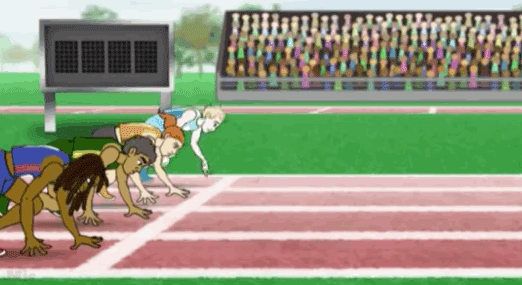
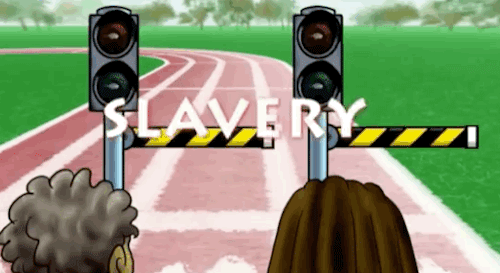
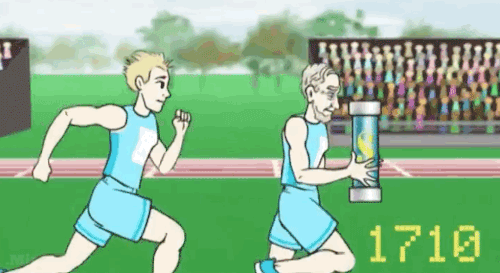
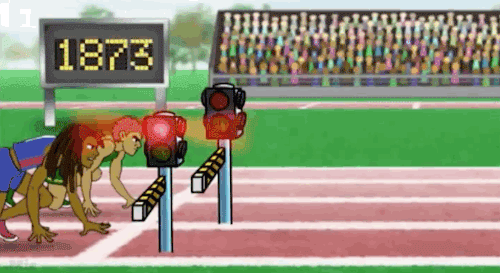
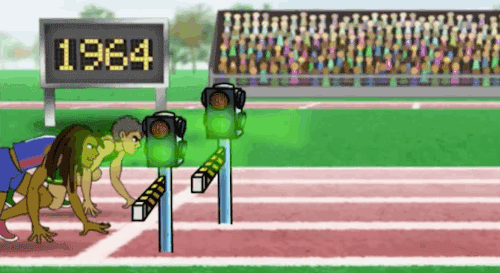
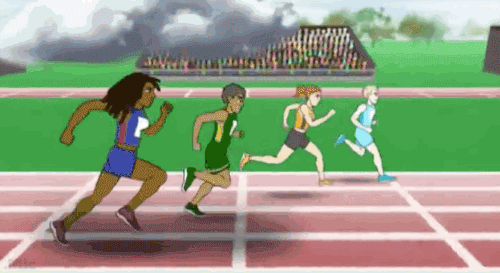
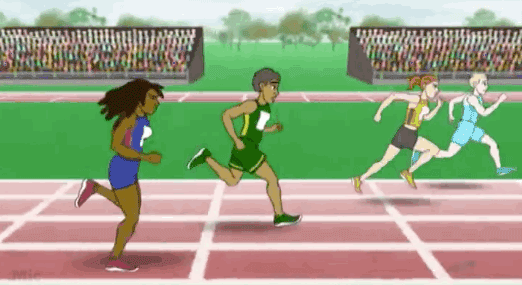
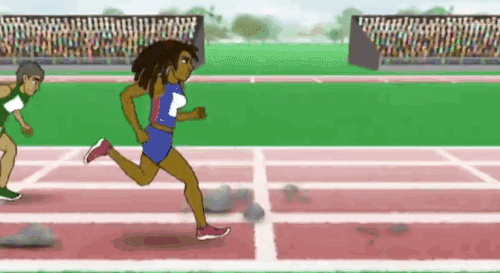
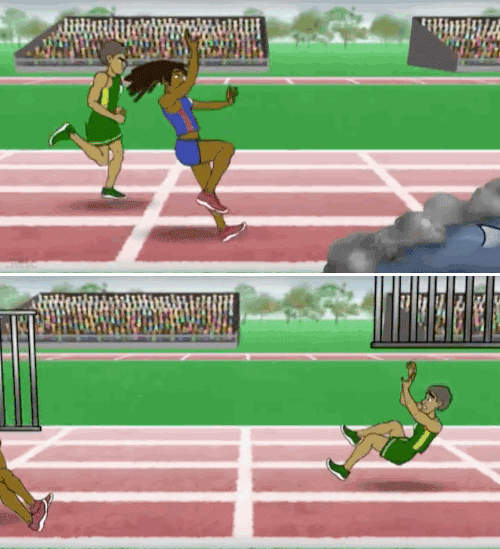
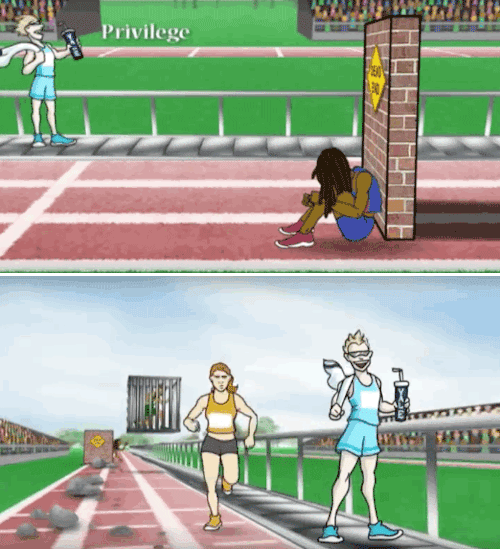
The above video titled “The Unequal Opportunity Race” was screened as part of a schoolwide Black History Month program at Glen Allen High School in Glen Allen, Virginia. Some parents apparently weren’t thrilled about that. One local grandparent had two words for what this video was pushing on white kids.

for juneteenth the innocence project sent out a collection of reading material on their mailing list that i thought i should share with all of you-- a reminder of how the us prison system is a continuation of slavery, and how we all must keep fighting for justice and equality. they also are accepting donations if you have a few bucks to send their way: every dollar counts!
How the 13th Amendment Kept Slavery Alive: Perspectives From the Prison Where Slavery Never Ended
On Juneteenth, Here Are 5 Ways to Be a Better Ally
Race and Wrongful Conviction
How a Wrongly Incarcerated Person Became the ‘Most Brilliant Legal Mind’ in ‘America’s Bloodiest Prison’
A Mistaken Identification Sent Him to Prison for 38 Years, But He Never Gave Up Fighting for Freedom
‘The Dungeon Was the Last Place I Wanted to Go’: An Exoneree’s Story of Survival at Angola Prison
Book an Innocence Project Speaker This Month


I have quite a few followers here, and I feel determined to bring this issue to light.
200 hostages DOES NOT justify slaying 9000+ innocent people & kids! This is GENOCIDE no matter which side of the world or religion you are on! Where are your hearts?
-
 herqueenstrawberry liked this · 3 weeks ago
herqueenstrawberry liked this · 3 weeks ago -
 disastrousoilthing liked this · 1 month ago
disastrousoilthing liked this · 1 month ago -
 geekate liked this · 2 months ago
geekate liked this · 2 months ago -
 fridgerat liked this · 2 months ago
fridgerat liked this · 2 months ago -
 frothy-milkshake reblogged this · 2 months ago
frothy-milkshake reblogged this · 2 months ago -
 frothy-milkshake liked this · 2 months ago
frothy-milkshake liked this · 2 months ago -
 moxxie-monoxide reblogged this · 2 months ago
moxxie-monoxide reblogged this · 2 months ago -
 moxxie-monoxide liked this · 2 months ago
moxxie-monoxide liked this · 2 months ago -
 haamuhattu reblogged this · 2 months ago
haamuhattu reblogged this · 2 months ago -
 southpaw-99 reblogged this · 2 months ago
southpaw-99 reblogged this · 2 months ago -
 elssecondaccount liked this · 3 months ago
elssecondaccount liked this · 3 months ago -
 alexcarpathia liked this · 3 months ago
alexcarpathia liked this · 3 months ago -
 lazertrainshark liked this · 3 months ago
lazertrainshark liked this · 3 months ago -
 liberhoe liked this · 4 months ago
liberhoe liked this · 4 months ago -
 paridjs liked this · 4 months ago
paridjs liked this · 4 months ago -
 tiniestapocalypse reblogged this · 4 months ago
tiniestapocalypse reblogged this · 4 months ago -
 morkify liked this · 4 months ago
morkify liked this · 4 months ago -
 electronickryptonitegladiator liked this · 4 months ago
electronickryptonitegladiator liked this · 4 months ago -
 clumpedup reblogged this · 5 months ago
clumpedup reblogged this · 5 months ago -
 tismworld liked this · 6 months ago
tismworld liked this · 6 months ago -
 unrefinedmorosis reblogged this · 6 months ago
unrefinedmorosis reblogged this · 6 months ago -
 unrefinedmorosis liked this · 6 months ago
unrefinedmorosis liked this · 6 months ago -
 cedric-my-beloved liked this · 6 months ago
cedric-my-beloved liked this · 6 months ago -
 sleepy-phant0m liked this · 6 months ago
sleepy-phant0m liked this · 6 months ago -
 spookypainting reblogged this · 6 months ago
spookypainting reblogged this · 6 months ago -
 march4fun reblogged this · 6 months ago
march4fun reblogged this · 6 months ago -
 march4fun liked this · 6 months ago
march4fun liked this · 6 months ago -
 sidescrollgame liked this · 6 months ago
sidescrollgame liked this · 6 months ago -
 mikuxsblog liked this · 7 months ago
mikuxsblog liked this · 7 months ago -
 wilsonj liked this · 7 months ago
wilsonj liked this · 7 months ago -
 frumiousbandersnack liked this · 7 months ago
frumiousbandersnack liked this · 7 months ago -
 art-love-videogames liked this · 7 months ago
art-love-videogames liked this · 7 months ago -
 coolio128 liked this · 8 months ago
coolio128 liked this · 8 months ago -
 luridlurkerwithin reblogged this · 8 months ago
luridlurkerwithin reblogged this · 8 months ago -
 luridlurkerwithin liked this · 8 months ago
luridlurkerwithin liked this · 8 months ago -
 hffghhf liked this · 8 months ago
hffghhf liked this · 8 months ago -
 let-me-iiiiiiiin liked this · 8 months ago
let-me-iiiiiiiin liked this · 8 months ago -
 lucaonpawz liked this · 9 months ago
lucaonpawz liked this · 9 months ago -
 amorosebeing reblogged this · 9 months ago
amorosebeing reblogged this · 9 months ago -
 amorosebeing liked this · 9 months ago
amorosebeing liked this · 9 months ago -
 carsonhugh28621 reblogged this · 9 months ago
carsonhugh28621 reblogged this · 9 months ago -
 carsonhugh28621 liked this · 9 months ago
carsonhugh28621 liked this · 9 months ago -
 purple-fedoras reblogged this · 9 months ago
purple-fedoras reblogged this · 9 months ago -
 fans4wga liked this · 9 months ago
fans4wga liked this · 9 months ago -
 shawna-says liked this · 9 months ago
shawna-says liked this · 9 months ago -
 jadegrimm reblogged this · 10 months ago
jadegrimm reblogged this · 10 months ago -
 jadegrimm liked this · 10 months ago
jadegrimm liked this · 10 months ago -
 inkwell-of-a-crow48 reblogged this · 10 months ago
inkwell-of-a-crow48 reblogged this · 10 months ago
